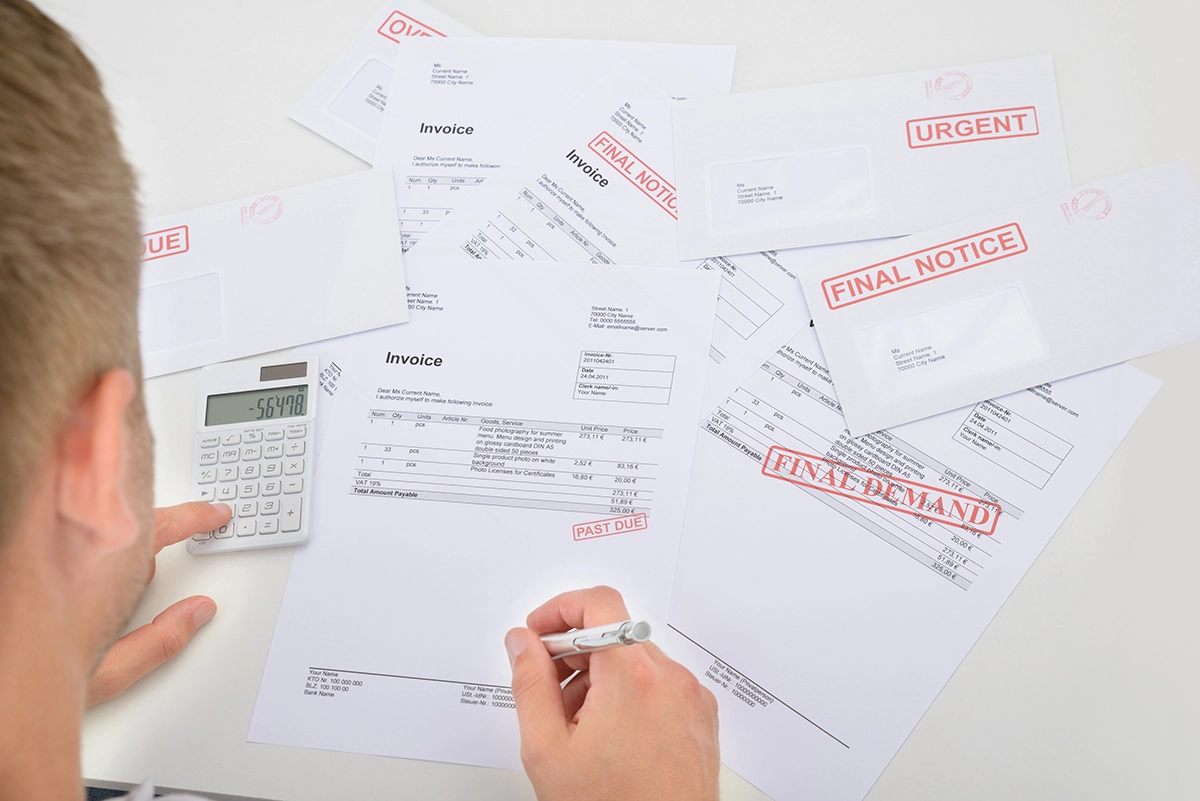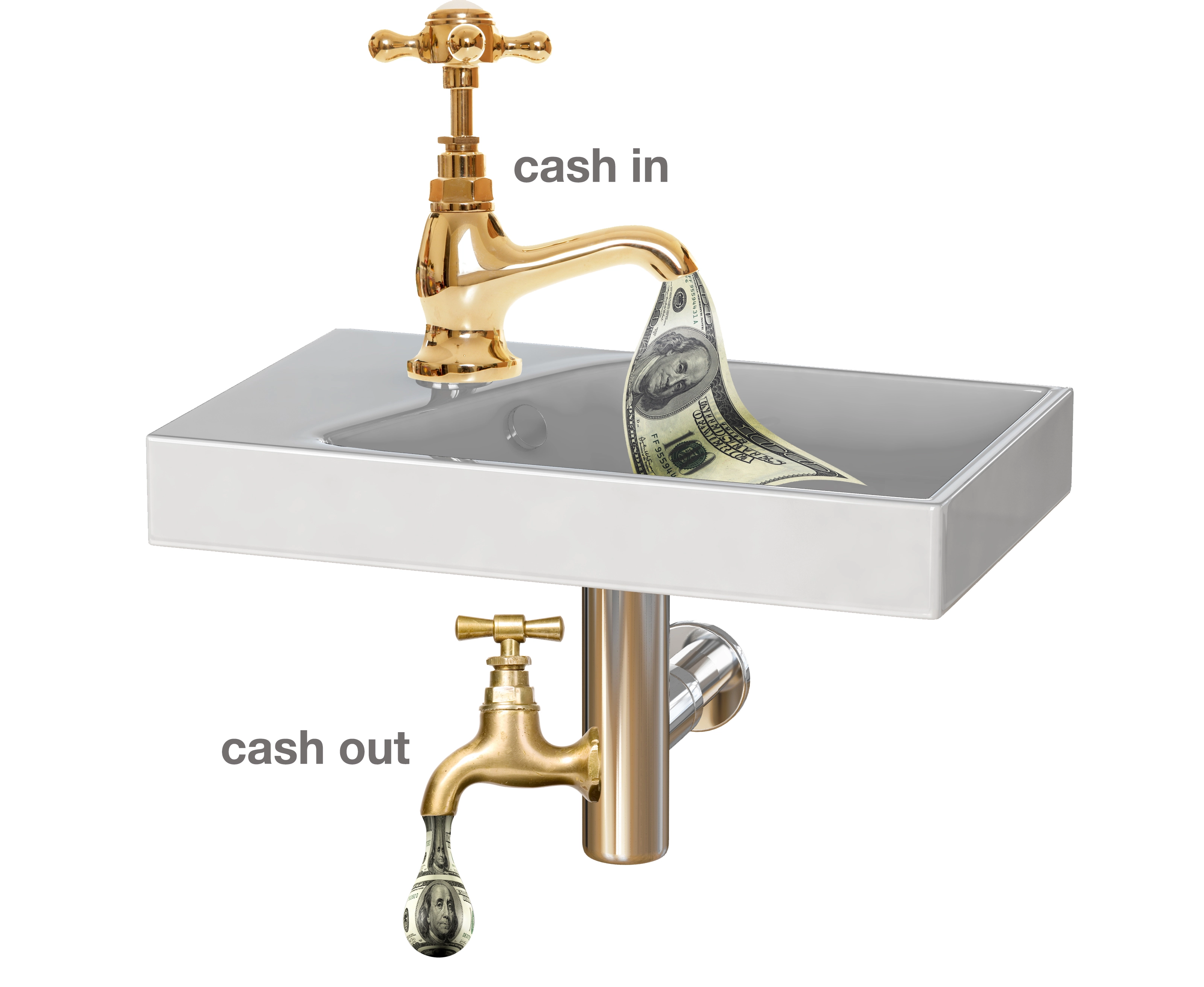Rocket fuel is necessary to reach your goal. Contractors’ rocket fuel? Maintenance plans. Whether residential or commercially focused, all companies need a thriving maintenance program.
The reasons have been known for years — customers experience lower utility bills, more comfort in their home/office, equipment lasts longer, and more. From a company perspective, a large maintenance client base provides increased cash flow, less seasonality, referrals, and predictable replacement sales and referrals.
Here’s the major reason a thriving maintenance program is critical:
A contractor called me. He was tired, in his 60s and wanted to sell his business. What was the value of his business? Unfortunately he had no maintenance plans and business that was not very profitable. As a result, the business was not worth much. All of his years of hard work amounting to less than $100,000 of value.
Contrast this sad situation with another contractor I started working with in 1999. He and a partner had just bought the company they worked for from their boss. The company generated less than $1,000,000 in sales when they purchased it. Fast forward to 2015. The partners sold the business for $9 million in cash.
The reason the business was so valuable was the number of maintenance plans they had. The new owners stepped in and generated $10 million the year after the sale because of the relationships the business had generated through maintenance.
Owners will exit their business either through choice or through death. It’s much better to exit through choice having a valuable business to sell or pass on to the next generation. The greatest valuations are given to companies with large numbers of maintenance plans.
The major mistake I see companies make with growing maintenance programs is thinking that maintenance is a loss leader and that the losses can be “made up” through service and replacement sales. HVACR companies are NOT supermarkets who advertise a phenomenal deal on milk to lure you into the store. Then, the milk is at the back of the supermarket so you see everything you might possibly need and walk out of the store with much more than milk! Contractors cannot afford a loss leader. Maintenance plans must at least break even after taking overhead costs into consideration.
Here’s why: A company has 1,000 maintenance plans each of which loses $20 per year after including overhead costs. This is a loss of $20,000. The owner thinks, “I can make that up through service and replacement sales.” How many sales would it take?
The $20,000 loss is shown on the company’s bottom line — a loss after direct costs and overhead costs are subtracted. What replacement revenues do those maintenance customers have to generate to make up for the loss? Assuming the company’s net profit is 5 percent, the answer is $400,000 in revenue. This means that the company needs to generate $4,000 in sales from each maintenance client each year to make up for the $20 loss per maintenance plan. This is NOT likely to happen.
How could a company lose $20 per maintenance plan?
- Maintenance plan price is $180
- It takes 3 hours total to perform the maintenance (two visits including travel time)
- Maintenance technician wage is $20 per hour (no highly compensated techs perform maintenance most of the time)
- Overhead cost is $40 per hour
- Coil cleaner and other materials are $10 per year
- SPIFF is $10
Total cost is $60 for labor, $120 for overhead and $20 for SPIFF and materials = $200 in cost.
The revenue per customer is $180, assuming all customers pay cash and not with credit cards. If the payment is through credit cards or monthly recurring revenue, the average 3 percent credit card fee must also be subtracted.
This company loses $20 per maintenance plan. The only option is to sell something on each maintenance visit which is not likely when the maintenance is being performed properly each year.
If your company uses highly compensated technicians to perform maintenance, the costs will be higher. Your company’s overhead cost per hour might be lower which would reduce the loss and potentially turn the loss into breakeven (overhead cost per hour must be less than $33 per hour).
Make sure your company has the proper rocket fuel — Maintenance plans that at least break even.





